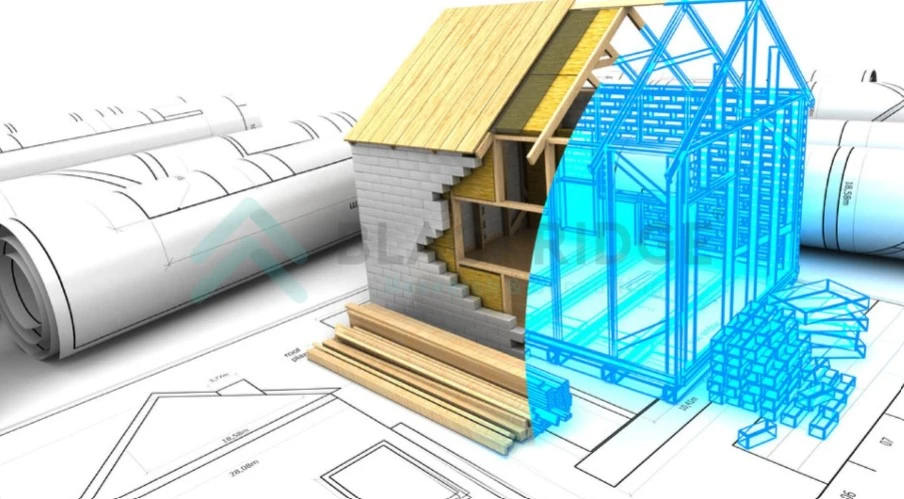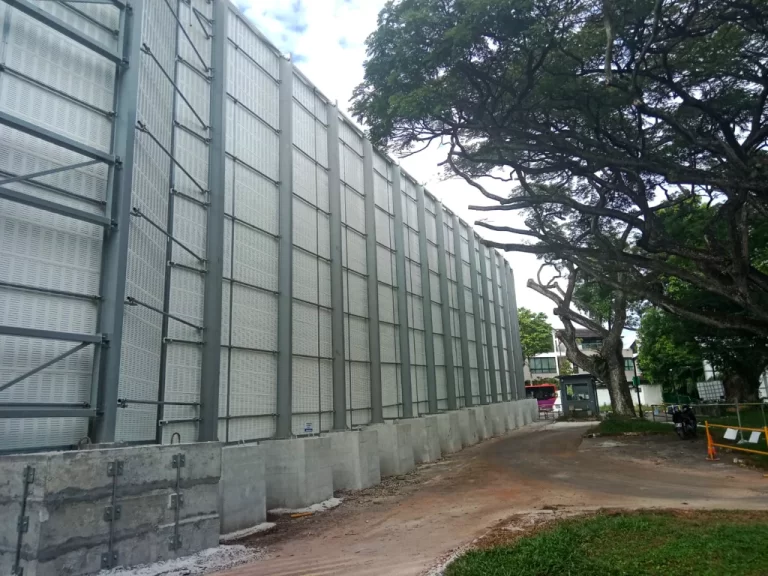
In the realm of modern building, Building Information Modeling (BIM) has become a pillar since it changes project design, execution, and management. Autodesk Revit is a fundamental instrument for this digital revolution as it has been so important in ensuring accuracy and efficiency of the process. By enabling architects, engineers, and contractors to produce a complete digital model of a building, Revit helps to expedite processes, enhance communication, and simplify cooperation. The crucial part autodesk revit performs in improving BIM and how it impacts the direction of building is discussed in this paper.
Simplifying Documentation and Design
Simplifying the design and documentation procedures is much aided by Autodesk Revit. Building design historically required producing several paper drawings and models, which might be time-consuming and prone to mistakes. Revit helps the design process to be quicker and easier. From windows to walls, every component of the structure is modeled in three dimensions so that designers may see the project before it is ever started. By automatically creating precise 2D documentation from the 3D models, the technology guarantees that all project stakeholders deal with the most current information.
Improved Team Cooperation
Effective building projects depend mostly on cooperation, hence Autodesk Revit greatly improves this feature of BIM. Teams regardless of their location can operate concurrently using the same concept. This real-time cooperation guarantees that everyone is in agreement, which facilitates early in the design process identification of possible problems and conflicts. Whether architects, engineers, or contractors, smooth departmental communication enhances general project coordination, hence lowering delays and errors.
Boosting Precision and Minimizing Mistakes
Any building project depends on accuracy, hence even a tiny error might cause expensive losses. Autodesk Revit detects conflicts or inconsistencies in the model automatically, therefore helping to lower human error. It can, for instance, notify teams should a pipe cross a structural beam or if an electrical system deviates from design recommendations. Revit guarantees that the finished product is both safe and efficient by spotting these problems before building starts.
Supporting Environmental Design Strategies
The building sector now gives sustainability first priority, and autodesk revit helps to support environmentally friendly building techniques. The program lets engineers include energy-efficient elements and assess how their creations affect the surroundings. By use of tools for modeling light, heat, and energy consumption, Revit enables teams to maximize designs for sustainability, therefore facilitating the construction of buildings that are both environmentally friendly and functional.
All things considered, Autodesk Revit has clearly altered building design and construction techniques. Its capacity to simplify procedures, boost teamwork, and raise accuracy has made it a vital instrument in the BIM process. “Autodesk Revit” will remain at the vanguard of technical innovation as the building sector develops, therefore influencing the direction of construction for years to come.





